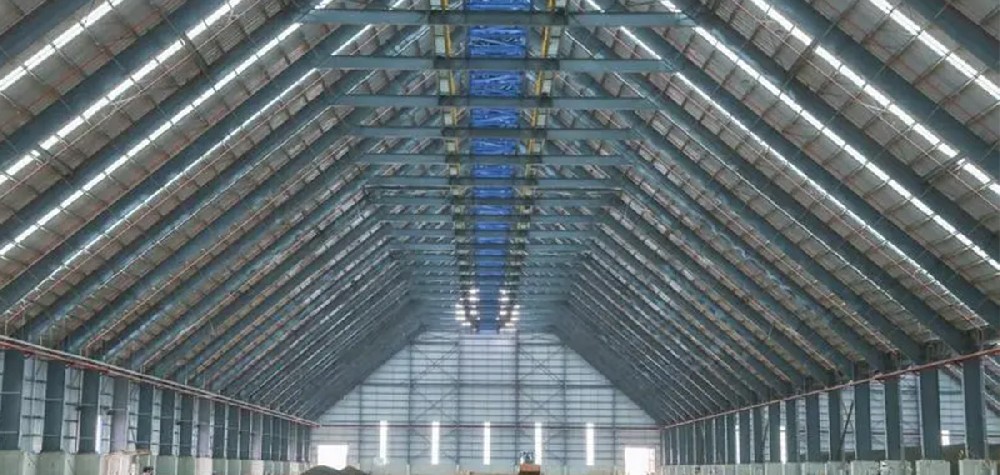Navigation Menu
Contact Us
- Email:
- info@wxavatar.com
- Address:
- Yurong Village, Yuqi Street, Huishan District, Wuxi, China.
Release Date:Jun 13, 2025 Visit:49 Source:Roll Forming Machine Factory
Highway guardrails play a critical role in road safety by providing a protective barrier between vehicles and roadside hazards. Over the years, the design and materials of guardrails have evolved to better address the challenges of modern traffic environments. Understanding the effectiveness of modern highway guardrails in crash prevention helps shed light on their role in reducing accident severity and improving road conditions.

The Purpose of Modern Highway Guardrails
Modern guardrails are designed to:
Redirect vehicles back onto the roadway.
Minimize vehicle damage during impact.
Protect drivers and passengers from dangerous roadside obstacles such as slopes, poles, or water bodies.
Reduce the risk of secondary accidents by controlling the path of an out-of-control vehicle.
Compared to older models, new guardrail systems focus on energy absorption and controlled deceleration, aiming to lower the chance of severe injury.
Key Features Enhancing Effectiveness
1. Improved Material Selection
Modern guardrails commonly use high-strength steel, combined with advanced coatings to withstand environmental conditions. The materials are selected to balance flexibility and strength, helping to absorb collision forces more efficiently.
2. Energy-Absorbing Terminals
Many current guardrail systems are equipped with energy-absorbing end terminals. These components are designed to collapse or deform upon impact, reducing the speed of the vehicle in a more controlled manner and lowering the potential for serious injuries.
3. Enhanced Barrier Designs
Innovative designs such as cable barriers, W-beam guardrails, and specialized median barriers offer options suited for different roadway conditions. These designs help prevent vehicles from crossing into oncoming traffic or leaving the roadway entirely.
4. Adaptation to Road Types
Modern guardrails are customized based on their installation environment, whether on highways, bridges, or curved sections. This targeted approach ensures that the barrier performance matches specific road safety requirements.
Performance in Crash Prevention
Studies and crash test results indicate that modern highway guardrails can significantly reduce the severity of crashes. While they may not completely prevent all accidents, they are effective in:
Lessening the impact of collisions.
Redirecting vehicles away from high-risk areas.
Protecting other road users from secondary hazards.
When installed correctly and maintained regularly, modern guardrails can contribute to overall roadway safety and help reduce the likelihood of fatal outcomes.
Factors Influencing Guardrail Effectiveness
Several factors can influence how well a guardrail performs:
Installation Quality: Proper alignment, height, and anchoring are essential.
Maintenance: Damaged or misaligned guardrails may not provide adequate protection.
Vehicle Type: Guardrails are generally most effective for passenger cars; larger vehicles may require different solutions.
Road Conditions: Curves, slopes, and weather can all impact guardrail performance.

Conclusion
Modern highway guardrails play an important role in enhancing road safety by managing crash impacts and reducing the severity of vehicle accidents. Through improved materials, better designs, and adaptable solutions, these systems contribute to safer travel experiences. However, their full effectiveness relies on proper installation, regular inspections, and timely maintenance. As technology continues to advance, further improvements in guardrail performance can be expected to support ongoing road safety efforts.